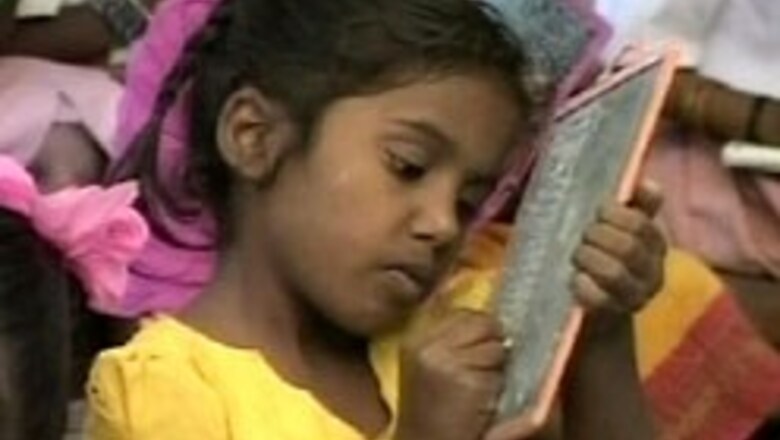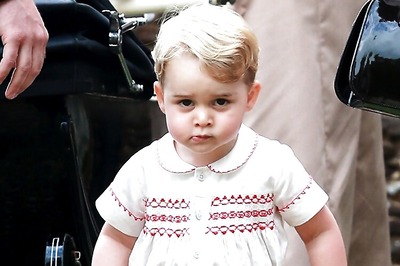
views
New Delhi: The girl child in India has been and continues to be portrayed as an "orphan" in society and popular culture and grows up with a sense of "rootlessness" despite there being several schemes for her benefit, said child right activists here.
According to noted Bengali writer Nabanita Deb Sen, this biased portrayal has been reflected in poetry, proverb, prose and cinema of both yesteryears and so-called modern variety.
Sen quoted a 16th century Bengali poem where Sita, god Rama's wife, says, "I have no parents, I was found at the tip of a plough", which shows Sita as an orphan and not as a princess.
"It underlines the insecurity of a girl child who grows up without an identity," said Sen at a lowly-attended colloquium held to observe SAARC Day of the Girl Child here late Friday.
The South Asian Association for Regional Cooperation (SAARC) announced the Year of the Girl Child at it summit in 1988.
In 1990, this was extended to the declaration of a SAARC Decade of the Girl Child where all member nations were to prepare action plans to improve the status of girls in their countries.
It was also agreed that December 8 would annually observed as a day dedicated to girl children.
However, the seven governments have not been put this into practice, leaving the job to social groups.
India Alliance for Child Rights, the NGO that organised the seminar "The Girl Child: Plans and Portrayals - Seeking a Culture For Change", annually highlights the unmet challenges of the SAARC initiative.
The meet saw the coming together of writers, legal experts, Dalit activists and policy makers.
Many said that the environment in which a girl grows up has to change to end gender discrimination.
Sen pointed out that girls felt a sense of rootlessness because neither her parents nor her-in-laws include her as part of the family.
This was reflected in the testimonies of three girls who hail from relatively marginalised sections of society.
PAGE_BREAK
"All our actions are controlled. The boys in our family get good food but we get to eat only leftovers," said 19-year-old Kanchan, a resident of Madanpur Khadar, a low-income residential area of the capital.
She added: "The situation has improved over the decades but there are still so many shortcomings. Girls are now educated, but only to find good grooms. I go to college and now my mother is worried as to who will marry me."
Sixteen-year-old Suniti said: "My parents are so concerned about my marriage but I want to study further. Am I a waste that they want to get rid of me soon?"
Syeda Hamid, member of the Planning Commission, said the many schemes launched for the girl child have failed due to their faulty approach.
"Our policies on women's welfare are promoted by clichés like the woman being the future mother. It does not bolster the woman's individual rights."
Hamid said the 11th five-year-plan, which is still being drafted, would endure that growth is more "gender-just". It singles out adolescent girls as a special segment too, she said.
Umakant, a Dalit rights activist, said the Dalit community, which has been a victim in many ways, also victimises their women.
"Dalit men are no different when it comes to their behaviour with women,” Umakant added.
He pointed out that many Dalit girls continued to be forced into the now-banned Devadasi system, where they are married to deities but end up as prostitutes in metros.
Said Kirti Singh, a legal expert: "Gender discrimination by the family is not addressed by our laws unless it is a case of gross violence.
There are laws for girl children but are not accessible enough and have plenty of loopholes in them."
Singh also said laws like the Child Marriage Restraint Act and the ban against female foeticide remained ineffective because very few of those convicted were meted out severe punishment.
















Comments
0 comment